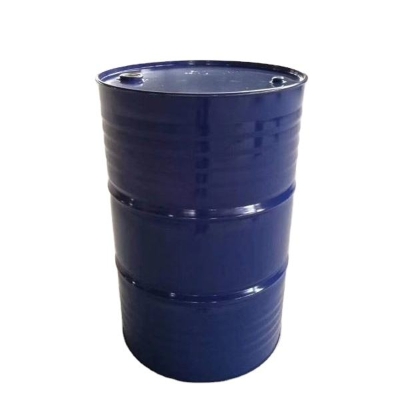-
Categories
-
Pharmaceutical Intermediates
-
Active Pharmaceutical Ingredients
-
Food Additives
- Industrial Coatings
- Agrochemicals
- Dyes and Pigments
- Surfactant
- Flavors and Fragrances
- Chemical Reagents
- Catalyst and Auxiliary
- Natural Products
- Inorganic Chemistry
-
Organic Chemistry
-
Biochemical Engineering
- Analytical Chemistry
-
Cosmetic Ingredient
- Water Treatment Chemical
-
Pharmaceutical Intermediates
Promotion
ECHEMI Mall
Wholesale
Weekly Price
Exhibition
News
-
Trade Service
A few days ago, the European Parliament's International Trade Committee (INTA) held a discussion on the EU's "Carbon Border Adjustment Mechanism" (CBAM), which was also the first debate in the European Parliament on the mechanism.
Commissioner Karin Carlsbro expressed her determination to "adhere to the polluter pays principle" and once again expressed her determination to promote the implementation of the carbon border adjustment mechanism
.
The carbon border adjustment mechanism is a key part of the EU's "Green Deal" emission reduction plan, which requires a more accurate reflection of the carbon content of imported products, and taxation of imported products that do not meet EU carbon emission standards to avoid EU emissions reductions.
Efforts are offset by carbon emissions from products produced in countries outside the EU
.
However, the carbon border adjustment mechanism has been controversial since it was announced.
Although the EU has tried to gain understanding and support from all parties, the debate in the European Parliament has once again highlighted the importance of the mechanism to the EU’s emission reduction plan.
There is still a question mark on whether the mechanism can be truly accepted and whether the mechanism can be implemented
.
It cannot be ignored that the carbon border adjustment mechanism does have the potential to increase trade barriers
.
After the European Commission formally proposed CBAM's legislative initiative in July 2021, the European Parliament handed over the relevant legislative planning to the built-in Environment Committee in September 2021, and decided to assist the International Trade Commission to provide legislative opinions
.
It is not difficult to see that although the EU claims that the carbon border adjustment mechanism is only a climate tool, once the mechanism is implemented, it will undoubtedly affect the relationship between the EU and its trading partners
.
Karin Carlsbro also made no secret of this during a parliamentary debate, bluntly stating that the mechanism "is a tool to address the climate crisis, but it has implications for trade"
.
The mechanism stipulates that EU importers need to declare the greenhouse gas emissions contained in the imported products and purchase certificates of equivalent emissions at prices in the EU Emissions Trading System (ETS)
.
For developing countries whose carbon market construction has not yet fully matured, the carbon emissions of the products produced must be relatively high
.
This move will undoubtedly weaken the competitiveness of developing countries in the EU, which may create new trade barriers
.
Although the European Commission officials emphasized in the parliamentary debate that the carbon border adjustment mechanism will take into account developing countries to avoid trade barriers caused by carbon tariffs, but also made it clear that "the EU will not grant immunity"
.
Faced with this situation, as the question raised by MEPs, how can the EU and non-EU countries promote the carbon border adjustment mechanism? The EU's decision makes all parties, including developing countries, have to align with the EU's carbon emission standards, but whether all parties can accept the EU's pre-emptive standard setting has not yet been answered
.
At the same time, there are still many uncertainties in the setting of the specific terms of the carbon border adjustment mechanism
.
At present, the carbon border adjustment mechanism only covers the five major aspects of steel, cement, fertilizer, aluminum and power generation.
It will be extended to more industries in the future.
How to calculate the carbon emissions of various industries and determine which industries need to be included; The distribution of the income brought by the use of the mechanism to the EU; how to determine the length of the transition period before the formal implementation of the mechanism; how to reasonably connect with the EU ETS during the implementation process are the concerns of the MEPs and the next step for the EU Questions that require deep thought
.
All parties have a duty to deal with climate change, and launching a response tool that suits their own situation is also a positive manifestation of taking the initiative
.
Although the process of carbon border adjustment mechanism within the EU is in full swing, there is still a long way to go whether it can be implemented and how to implement it
.







